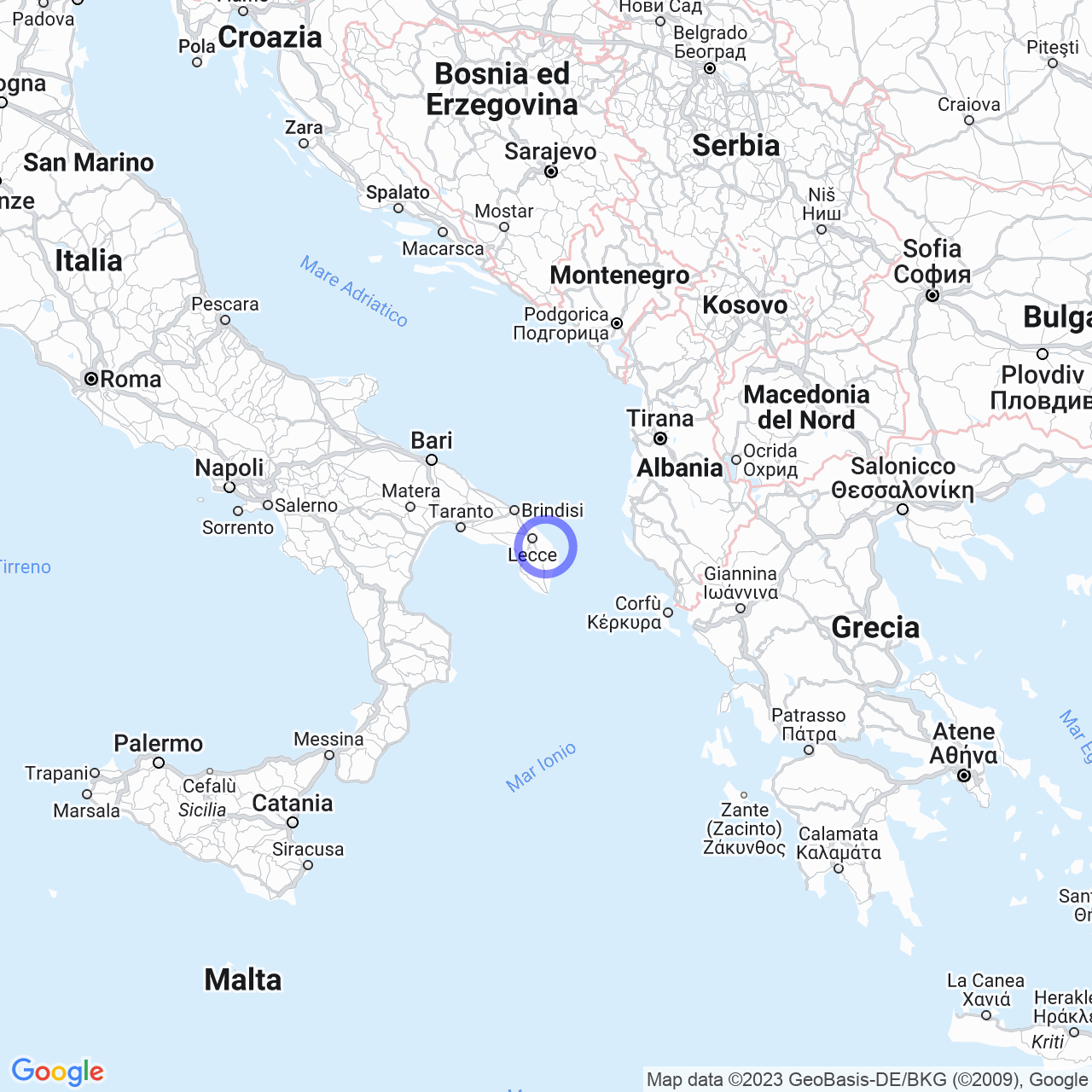Borgagne
Welcome to Borgagne: History and Geography of the Town
Hello everyone! Today I will talk about a beautiful little village located in central Salento, in the province of Lecce. I am talking about Borgagne, also known as "Burgagne" in the local dialect and "Vràni" in grico. With its 2076 inhabitants in 2001, Borgagne is one of the geographical fractions of the municipality of Melendugno, in Puglia.
Physical Geography
The inhabited center of Borgagne, a few kilometers from the Adriatic coast, is located 18 meters above sea level and about 7 km from the Alimini Lakes. The area is surrounded by beautiful fields of centuries-old olive trees, whose Terra d'Otranto oil is a delicacy of the area.

History
Origins
The name Borgagne seems to derive from "Borgo d'Agne", meaning "Village of the Lamb", which highlights the importance of sheep farming in the origins of the town in the XIV century. However, Borgagne also had a grico name, "Vrani", as the neighboring centers of the Grecìa Salentina still call it today. Vrani could derive from the Greek term "ranìs", meaning "water", referring to the marshy area of the origins.
The town was inhabited by Basilian monks between the 7th and the 10th century, who fled from the persecutions of the Greek Emperor Leo III Isaurico and from those of Muslims in Sicily and Africa. Borgagne was one of the "grance" dependent on the monastery of San Nicola di Casole, the political, religious and cultural center of Byzantine Salento. The presence of the monks is attested by the remains of the Lavra present in the area, some of which have been transformed into underground oil mills.
Middle Ages and Modern Age
The first certain documentation on the history of Borgagne dates back to the years 1314 and 1337, when the fiefs of Pasulo and Borgagne belonged respectively to the noble family of Stendardo. Later, the possessions passed from hand to hand to powerful foreign families, such as the De Iserio from Barletta. In 1463 Borgagne was without a feudal lord, but Ferrante d'Aragona, King of Spain, donated the fiefs of Borgagne and Pasulo to Gaspare Petraroli for his services received; they later passed to his son Belisario.
The Economy of Borgagne
The economy of Borgagne is mainly based on agriculture: olive trees, whose olives produce the Terra d'Otranto oil, are the most widespread crop. However, in recent years, there has been an increase in entrepreneurial activities related to the tourist-receptive sector.
In fact, the privileged position of Borgagne, a few kilometers from the Adriatic coast, makes it a highly appreciated tourist destination. Many tourists come to Borgagne to enjoy the crystal-clear sea and the sandy beaches of Sant'Andrea. Moreover, more and more people choose Borgagne as a starting point to visit the wonders of Salento, such as the city of Lecce or the nearby Otranto.
What to See in Borgagne
Borgagne is a small town, but it offers many attractions for those who want to discover the history and beauty of Salento.
Churches
Among the most beautiful attractions of the town there are churches. The mother church, dedicated to San Biagio, dates back to the XVIII century and is the fulcrum of the religious life of Borgagne. Also interesting are the churches of Sant'Anna and Sant'Eufemia, both dating back to the XVI century.
The Historical Center
The historical center of Borgagne is definitely worth a stroll. The characteristic stone houses, narrow alleys and small squares create a magical and timeless atmosphere.
The Surrounding Countryside
Finally, the surrounding countryside offers breathtaking landscapes. The fields of olive trees, the dry-stone walls and the numerous trulli create a suggestive and authentic environment.
In Conclusion
Borgagne is a small jewel of Salento, rich in history, natural and cultural beauties. In addition to the attractions described above, the town also offers many leisure activities, such as cycling tours, tastings of typical products, and walks in the countryside. We look forward to welcoming you to Borgagne and showing you everything this town has to offer.
